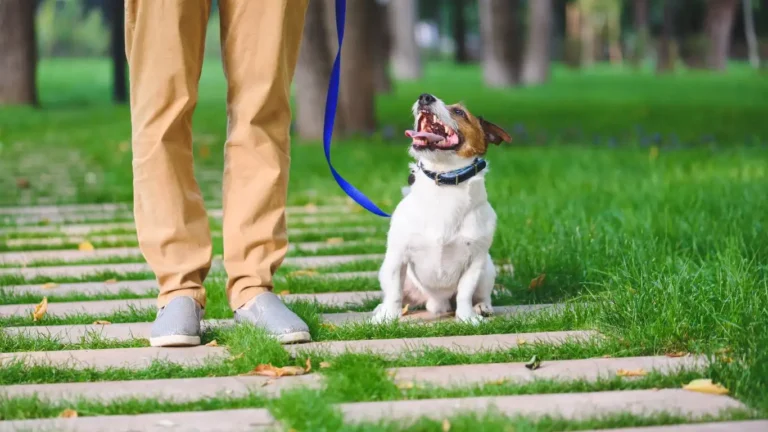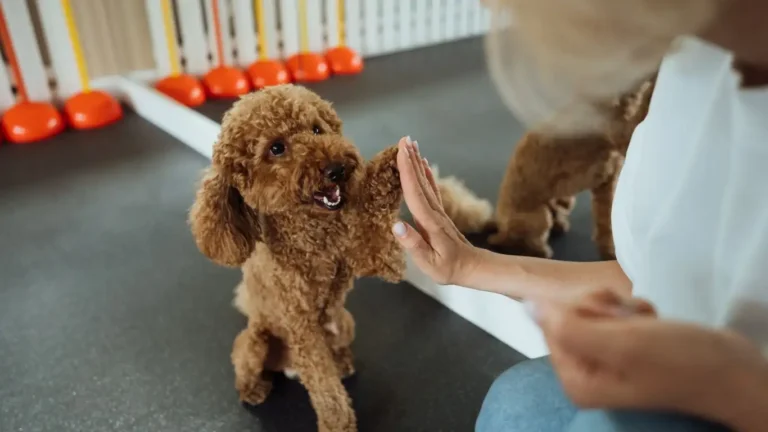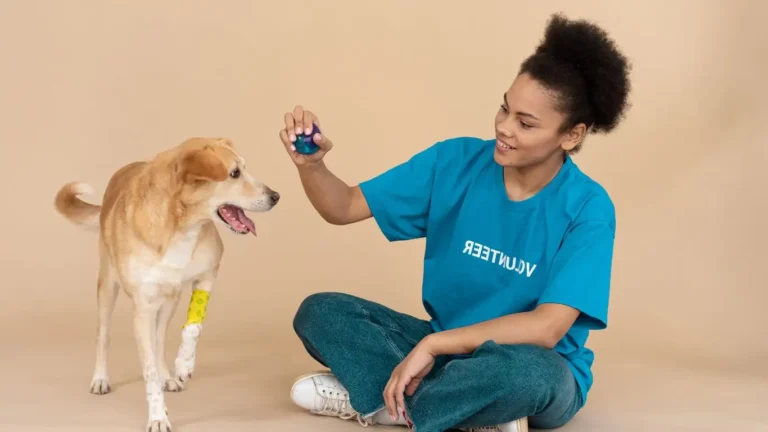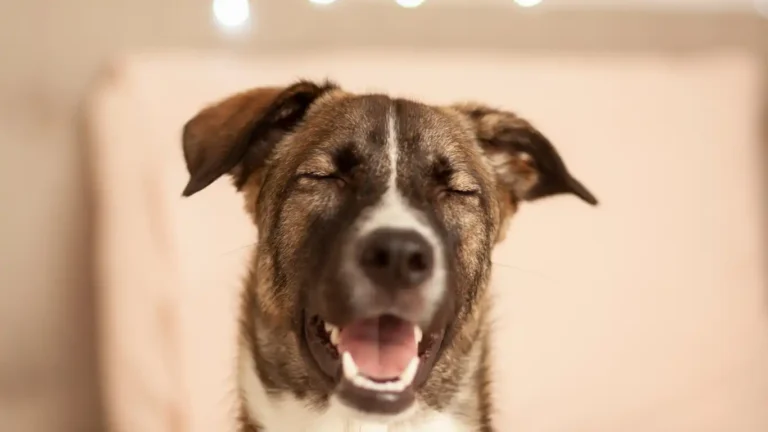Train Your Dog to Follow You Without a Leash Effortlessly
Ever been on a walk and wished your dog could just stroll calmly beside you—no tugging, no leash, no stress? You’re not alone. For many dog owners, off-leash reliability is the dream. But getting there? That takes the right mix of patience, consistency, and understanding your dog’s unique mindset.
Whether you’re prepping for park adventures or just want to build a stronger bond, training your dog to follow you without a leash is completely doable. The trick? Break it down into simple steps and build trust along the way.
Understanding Off-Leash Behavior
At its core, off-leash following is about connection. Your dog chooses to stay with you—not because of restraint, but because it’s rewarding, safe, and fun.
But here’s the thing: dogs are naturally curious. Squirrels, scents, other dogs… these distractions are powerful. Training a reliable off-leash response means making YOU more rewarding than those temptations.
According to the American Kennel Club, off-leash training should start only once your dog has mastered basic obedience commands on-leash. It’s all about building from a solid foundation.
Top Techniques to Train Your Dog to Follow You Without a Leash
-
1. Start with Strong Recall Training
Teach your dog to come when called—every time. Use high-value treats and a happy voice. Start indoors or in a quiet yard before moving to more distracting places.
Pro tip: Practice “come” at random times, not just when it’s time to go inside. That way, your dog doesn’t associate the command with “fun’s over.” -
2. Use a Long-Line Leash for Transition
A 20–30 foot training leash gives your dog room to explore while still being under your control. Let them wander, then call them back. Reward generously when they return.
Pro tip: Step on the long line gently if your dog starts to bolt—it’s safer than grabbing. -
3. Practice the “Check-In” Game
Reward your dog every time they look back or come near you on their own. This teaches them that staying close is valuable.
Why it works: You’re reinforcing voluntary connection, not forced obedience. -
4. Train in Low-Distraction Environments First
Start in your backyard or a quiet park. Don’t expect success at a crowded dog beach right away. Build slowly.
Vet-backed advice: Dr. Sarah Wooten, DVM, advises that “low-distraction training is key to preventing reactive behaviors from forming under stress.” -
5. Make Yourself the Most Interesting Thing Around
Be unpredictable. Run a few steps, hide behind a tree, throw a toy. If you’re exciting, your dog will keep checking in.
Pro tip: Carry toys, treats, and a variety of rewards. Keep the praise enthusiastic and the energy fun. -
6. Train Using Natural Walks
On leash, reward your dog every time they walk next to you voluntarily. Once consistent, let the leash drag while practicing in a fenced area. They’ll start to mirror your pace and direction.
Science says: According to a 2023 Canine Cognition Journal study, dogs respond more consistently to body movement cues than verbal commands alone. -
7. Use a Cue for “Let’s Go” or “With Me”
Pick a consistent phrase. Use it every time you start walking. Reward when your dog falls into place beside you.
Pro tip: Don’t pull or nag—wait for your dog to respond, then reward. This builds understanding, not just compliance.
Expert Perspective: Why It Works
Dr. Patricia McConnell, certified applied animal behaviorist and author of The Other End of the Leash, emphasizes the importance of emotional connection: “The closer you are emotionally, the more your dog wants to stay physically close.”
This connection is built through positive training, daily engagement, and consistency. Harsh discipline or dominance-based methods often backfire, especially when your dog is off-leash and has the option to run.
Extra Tips: Going Beyond the Basics
-
Use a Dog GPS Tracker
Especially in the early days, it’s a great safety net in case your dog gets distracted and wanders. -
Reward with Freedom
Sometimes the best reward is a few minutes to sniff freely or explore a bush. Use that natural desire as motivation. -
Consider Breed Tendencies
Hounds and high-prey-drive dogs (like Huskies or Beagles) may take longer to master off-leash walking. It’s not “bad behavior”—just instinct.
Disclaimer: Some dogs may never be fully reliable off-leash in unfenced areas. Always prioritize safety. -
Work with a Certified Trainer
A CPDT-KA (Certified Professional Dog Trainer) can tailor training to your dog’s personality and offer in-person guidance.
Conclusion: Every Dog, Every Journey
Teaching your dog to follow you without a leash is one of the most rewarding milestones in dog training. But it’s also deeply personal. What works for one pup might not work for another—and that’s okay.
Be patient. Be consistent. And remember: your bond is what keeps them close—not just the absence of a leash. When your dog chooses to walk by your side, it’s a beautiful sign of trust and teamwork.
Whether you’re just starting out or looking to refine your training, know that every step forward—no matter how small—is a win.
As always, consult your vet or a certified trainer if you’re unsure about your dog’s behavior or training progress. You’re not in this alone.






